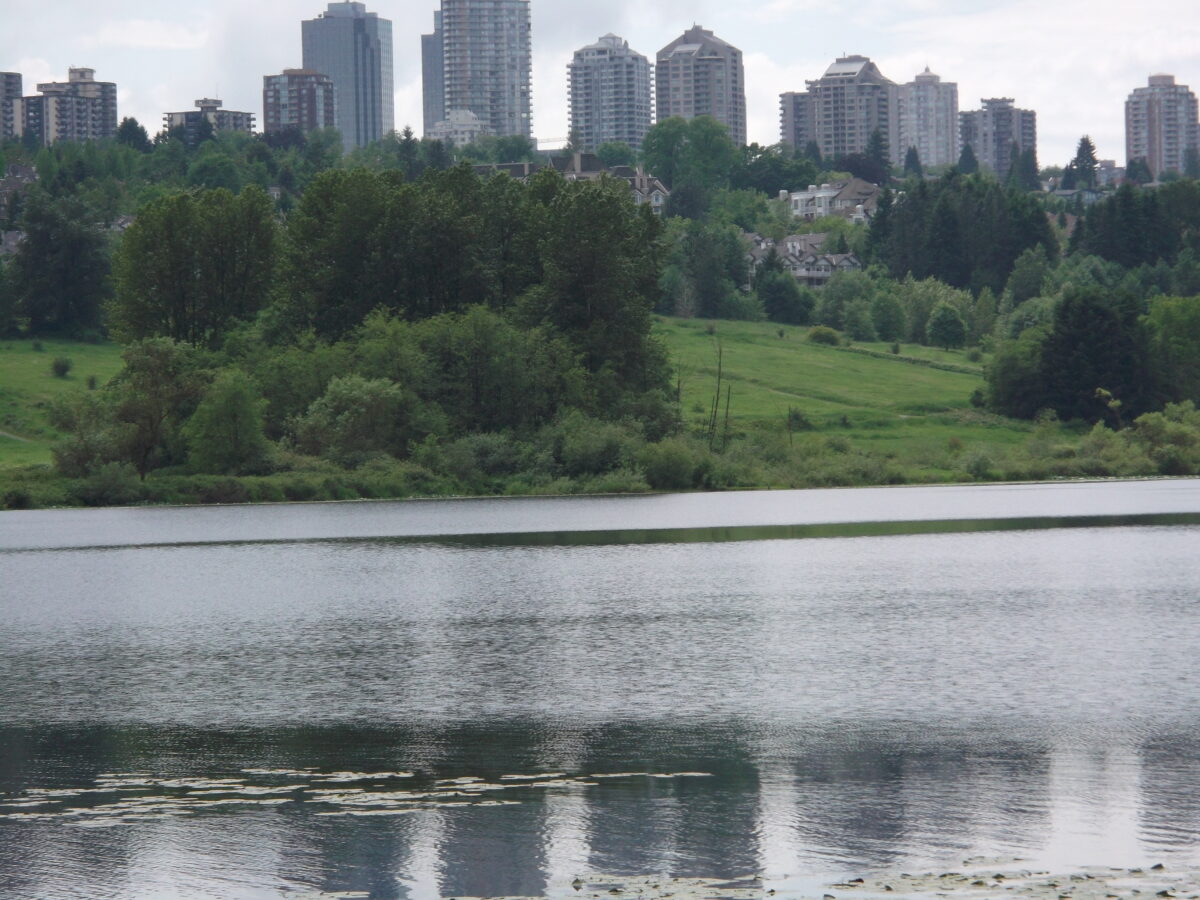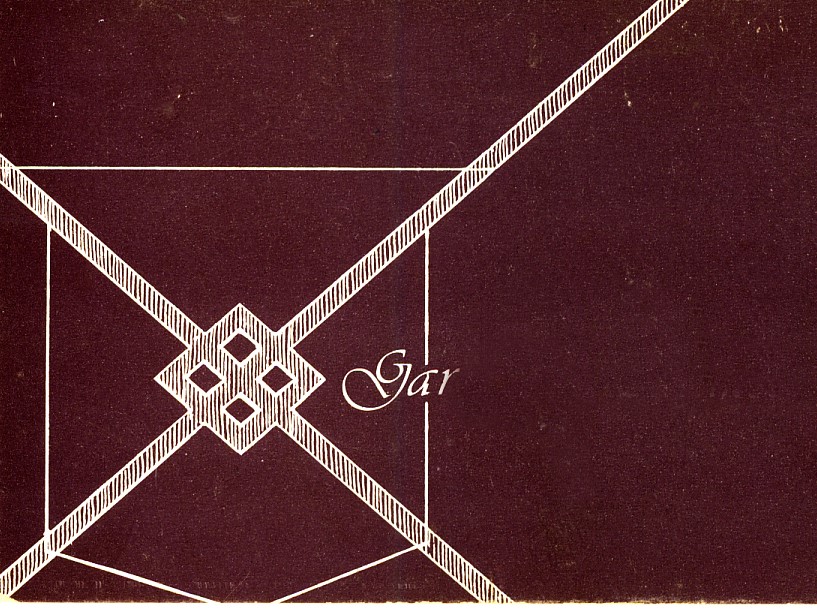We use the verb “to be” a lot mostly because it’s easier than looking around for a verb that’s more accurate. But “to be” is a passive verb; it doesn’t do anything but join parts of a sentence together. Take this sentence: “The road was wet and shiny.” It provides information, sure, but it’s a […]
Category: Visual Writing
Visual Writing entails using Imagery to make visible what characters think, feel, fear, and desire.
Write Where You Know

I’ve heard this idea expressed by numerous people, critics and writers especially, and it makes sense. However, to understand what it means to “write what you know,” I have to look at my experiences and then examine what I write to see what the connection really is. And that brings up some interesting insights and […]
Atmosphere
What is atmosphere? Atmosphere is something that the writer creates through setting to make a reader feel a certain way in a particular scene. Mood, on the other hand, creates a feeling that lasts from cover to cover. Creating mood through setting seems to me to be a subtle manipulation of the reader to feel […]
Metaphor
To talk about metaphor, I have to at least mention simile. As I understand it, a simile is simply a comparison: something is like something else. And usually, at least in literature, similes are used to link something concrete to something abstract, like a feeling or an idea. Although there’s a big difference between a […]
Mood
Mood is just what it says; it evokes feelings in readers mostly through description. Mood is therefore buried in the setting; it’s part of the setting and setting surrounds readers with material that links the concrete world of things with the abstract world of feelings and ideas. Setting does this through the use of imagery, […]
